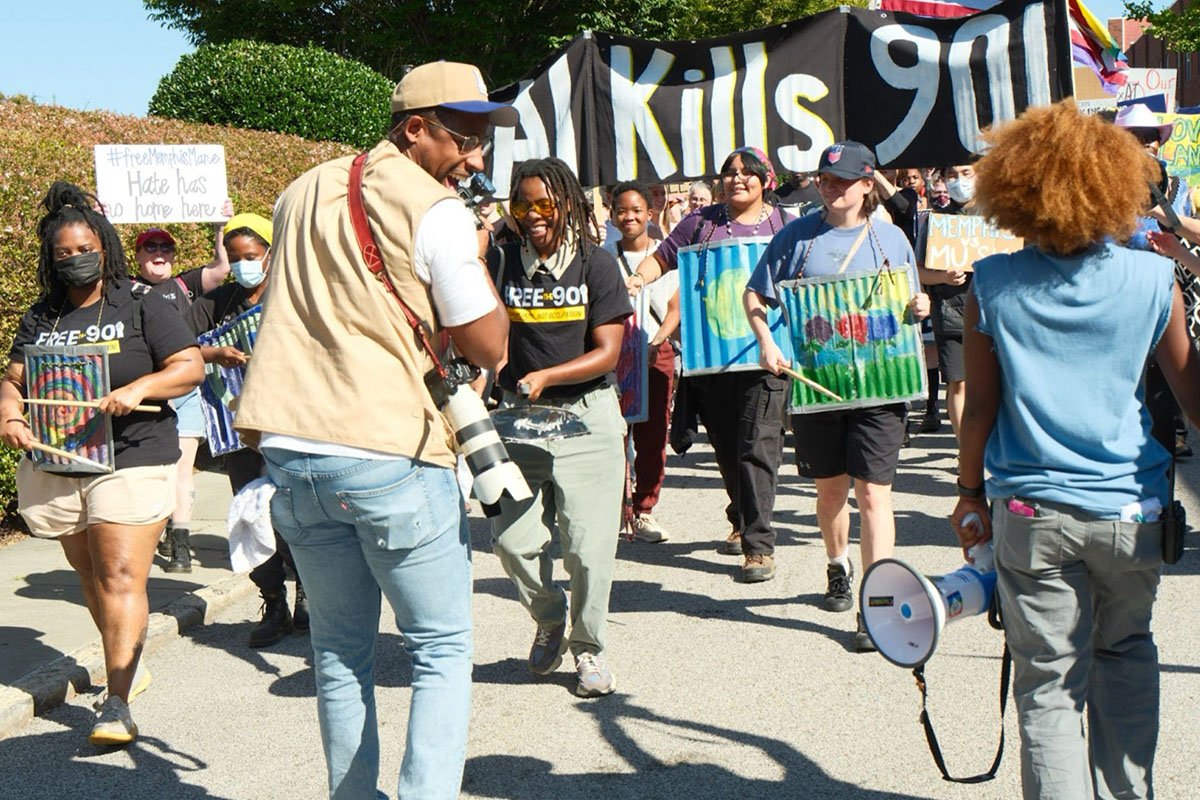February 25, 2015; The Roanoker
The March/April edition of the Roanoker contains a short article on opportunities for charitable investing in Roanoke, Virginia. (Roanoke’s a city in southwestern Virginia, roughly just short of 100,000 in population in a metropolitan area that is all of 300,000.) The article suggests a number of charities in the area that might be worth supporting, including the Rescue Mission, the Roanoke Valley SPCA, the local Habitat for Humanity, and the Boys and Girls Club of Southwest Virginia. The author writes that donors could reach these and other charities by setting up donor-advised funds at well-known DAF managers such as the Fidelity Charitable Gift Fund, the Schwab Charitable Fund, and the Vanguard Charitable Endowment Program, along with a local community foundation, the Foundation for Roanoke Valley.
For donors, DAFs are attractive, relatively inexpensive, flexible, and simple. But for charities, the challenge has always been in making your organization known to the people who set up DAFs at places like Fidelity, which would be an inviting target for charities if they only knew how to reach Fidelity donors. In Fidelity’s 2014 giving report, the company counted over 104,000 donors behind 63,729 giving accounts. Just about 80 percent of the donors were 50 and older, suggesting a DAF donor age cohort interested in thoughtful giving rather than reactive checkbook charity. In 2013, the Fidelity donors supported over 87,400 charities. Earlier this year, Fidelity Charitable reported that in 2014, the number of supported charities grew to over 92,000 through 620,000 grants, totaling a record $2.6 billion in distributions.
As a step toward making donee visibility easier and more practical, Fidelity Charitable, along with Schwab Charitable and the Greater Kansas City Community Foundation, developed a “DAF Direct” widget—originally an app charities could download to their donation pages so DAF donors could recommend DAF distributions as a donation payment option in addition to the usual check or credit card options. Like most tools developed by Fidelity and other DAF managers, DAF Direct is easy to register for; it’s basically all done online. Since the original introduction of the widget, DAF Direct now offers an online link option as well. Unlike the widget, the DAF Direct link can be used in online fundraising campaigns and in social media, as opposed to the widget which remains simply on a nonprofit’s website donation page. According to a source at Fidelity, about 900 charities have downloaded the widget, but since February, the DAF Direct link has been available to nonprofits.
Sign up for our free newsletters
Subscribe to NPQ's newsletters to have our top stories delivered directly to your inbox.
By signing up, you agree to our privacy policy and terms of use, and to receive messages from NPQ and our partners.
Whether the widget or the link, you can think of DAF Direct this way: Before DAF Direct, a DAF donor would typically research and pick a charity but have to turn back to Fidelity to recommend the charity for a distribution from the giving account. Now, with the DAF Direct mechanism, the widget or link on the charity’s webpage would signal to the donor an openness and facility for receiving DAF distributions, which could be made right there.
The DAF Direct widget was designed by 10 charities in collaboration with donor-advised fund administrators in order for charities to make themselves available to DAF donors more easily. It’s a nice example of entities like Fidelity, Schwab, and the Greater Kansas City Community Foundation listening to and working with charities to make charitable giving flow to a potentially wider range of charitable recipients while keeping the interests of the donor in the mix. The charities get a pretty good deal because the administrative and transaction costs of the DAF distributions are borne by the DAF fund managers, as opposed to donations received via credit card or through third-party processors that require or charge a processing fee.
In addition, the charities can use the DAF Direct mechanism to raise funds for specific kinds of programs or campaigns, such as making a donation specific to a charity’s capital campaign. As an example, the Pan-Mass Challenge, a bike-a-thon that raises money for cancer research and for the Dana Farber Cancer Institute in Boston, has used DAF Direct, with a consequent increase in grant volume of 18 percent in 2014 over 2013. PMC gives each registered rider an email template with the DAF Direct link embedded, so the riders’ sponsors can easily insert the amounts they want to contribute from their DAFs.
DAF Direct sponsors such as Fidelity indicate that there has been tremendous adoption of the DAF Direct mechanism, but we decided to look for ourselves. We found DAF Direct widgets or links referenced on a wide variety of charities’ webpages, including the Middleburg Humane Foundation, the Vegetarian Resource Group, UNICEF USA, Emory University, Feeding America, AmeriCares, Arizona State University, the Seattle Symphony, the Pine Street Inn, the Rape Abuse & Incest National Network (RAINN), My Brother’s Table, the Environmental Defense Fund, the EcoLogic Development Fund, Wayside Waifs, and the Sunday Breakfast Mission, just to name a few.
Access to something like DAF Direct should make Roanoke’s charities happy. The image of many DAFs is that they distribute huge sums to a few large charities, but the reality is quite different. Yes, there are some very wealthy donors, but for many DAFs—particularly at Fidelity and Schwab, where the minimum threshold required to set up a DAF is quite small, only $5,000—the donors aren’t necessarily the super-wealthy, but many are middle-income people who are thinking about how to make their charitable giving more thoughtful and, at the same time, simple and easy. In Fidelity’s 2014 giving report, the median balance of its giving accounts in 2013 was a surprisingly low $16,133 and the average grant size only $4,017. By reducing the required amounts to set up DAFs and by reducing the minimum allowable grant size, Fidelity (and Schwab, too) have made donor-advised giving accessible to a much broader range of incomes. By working with charities and with the Greater Kansas City Community Foundation, through DAF Direct, they are making DAFs accessible to a wider range of nonprofits.—Rick Cohen











